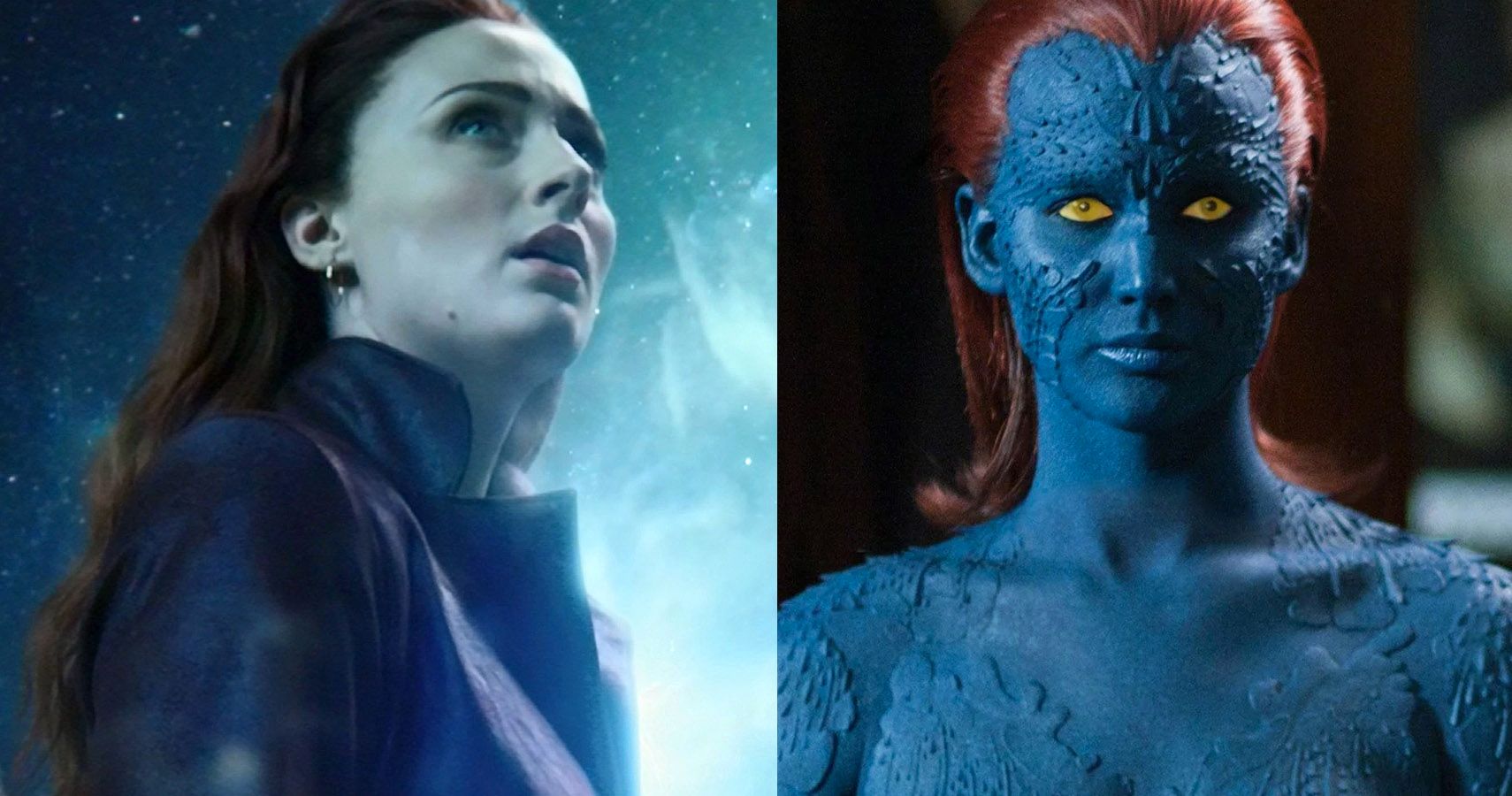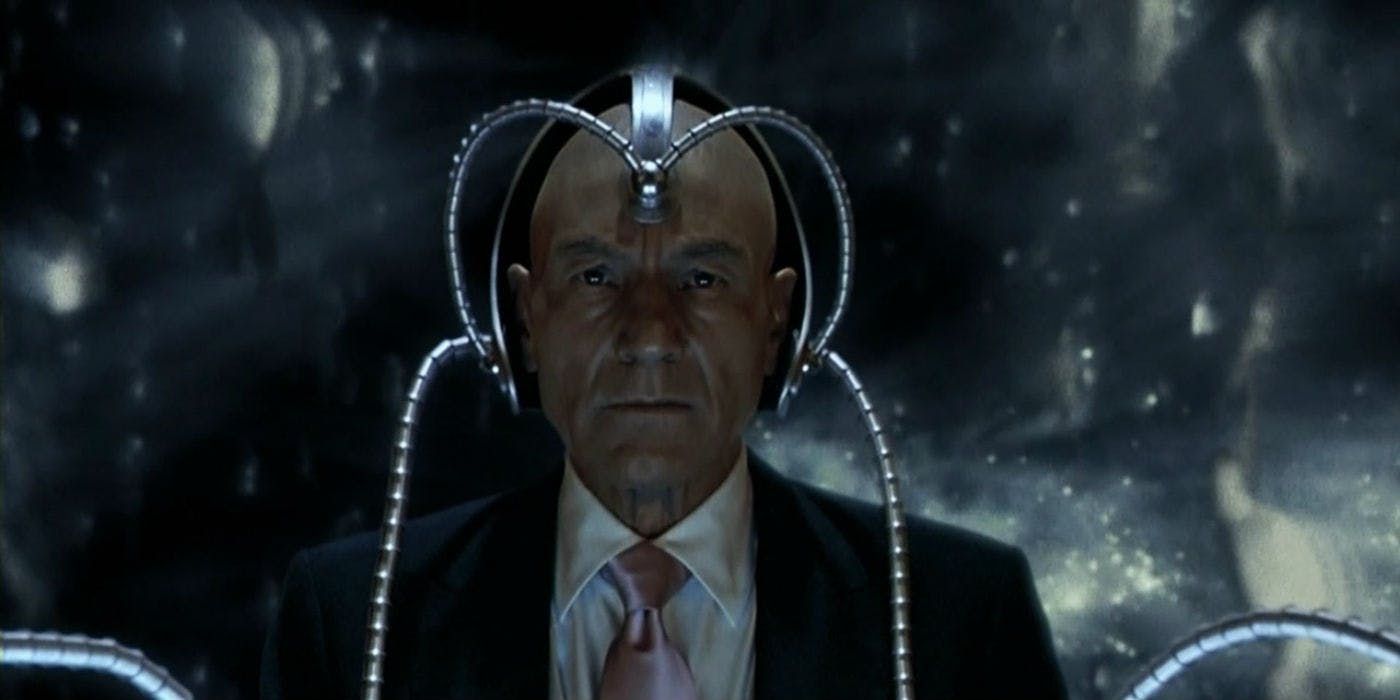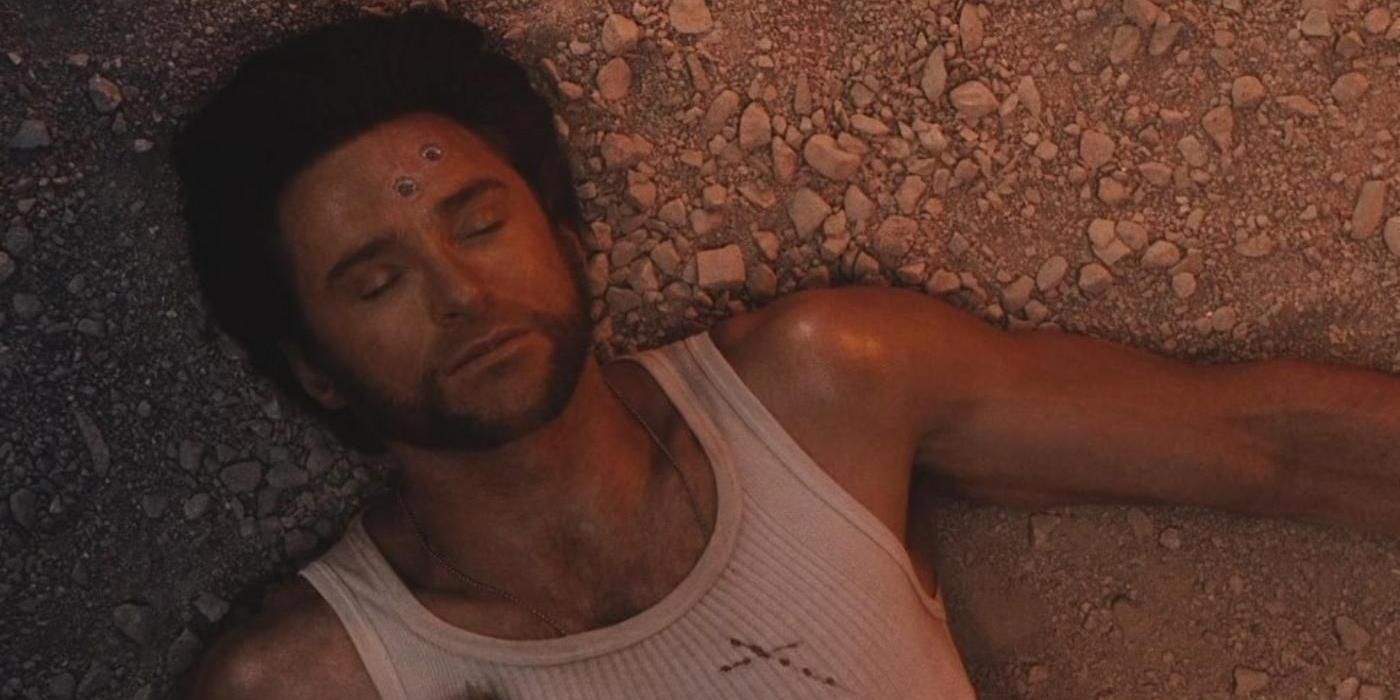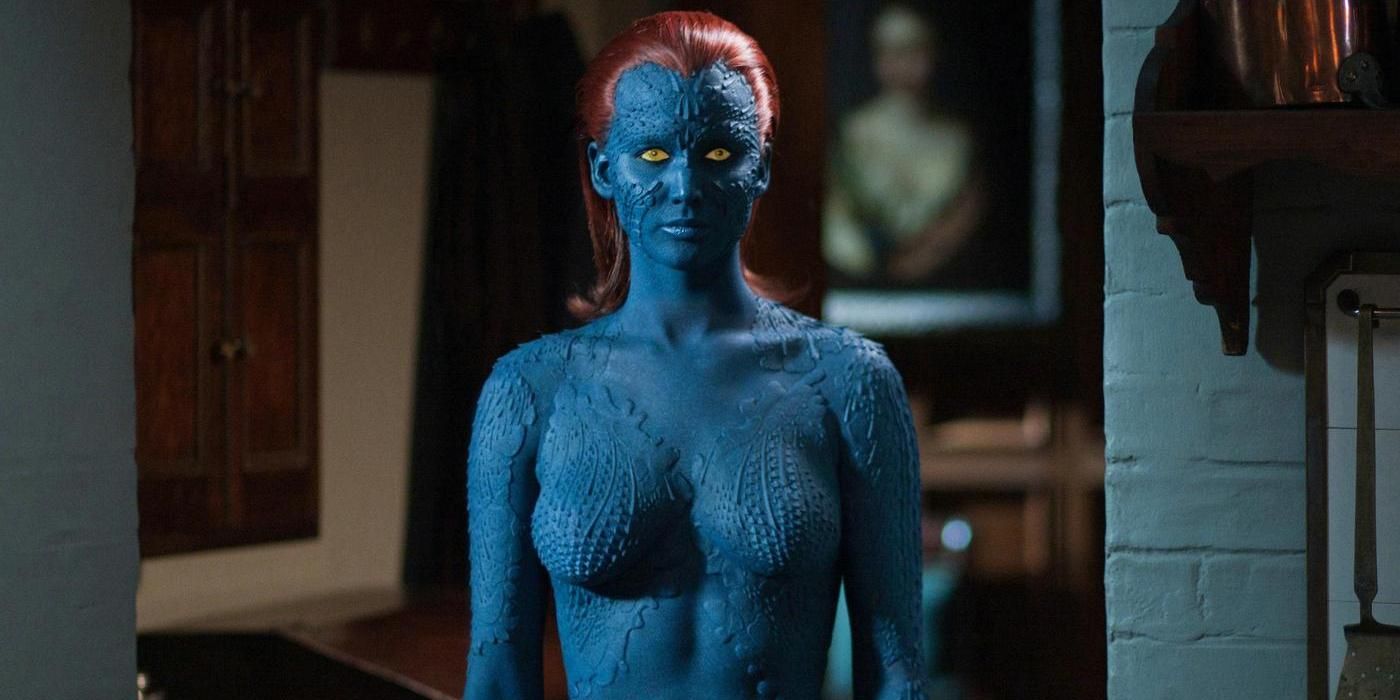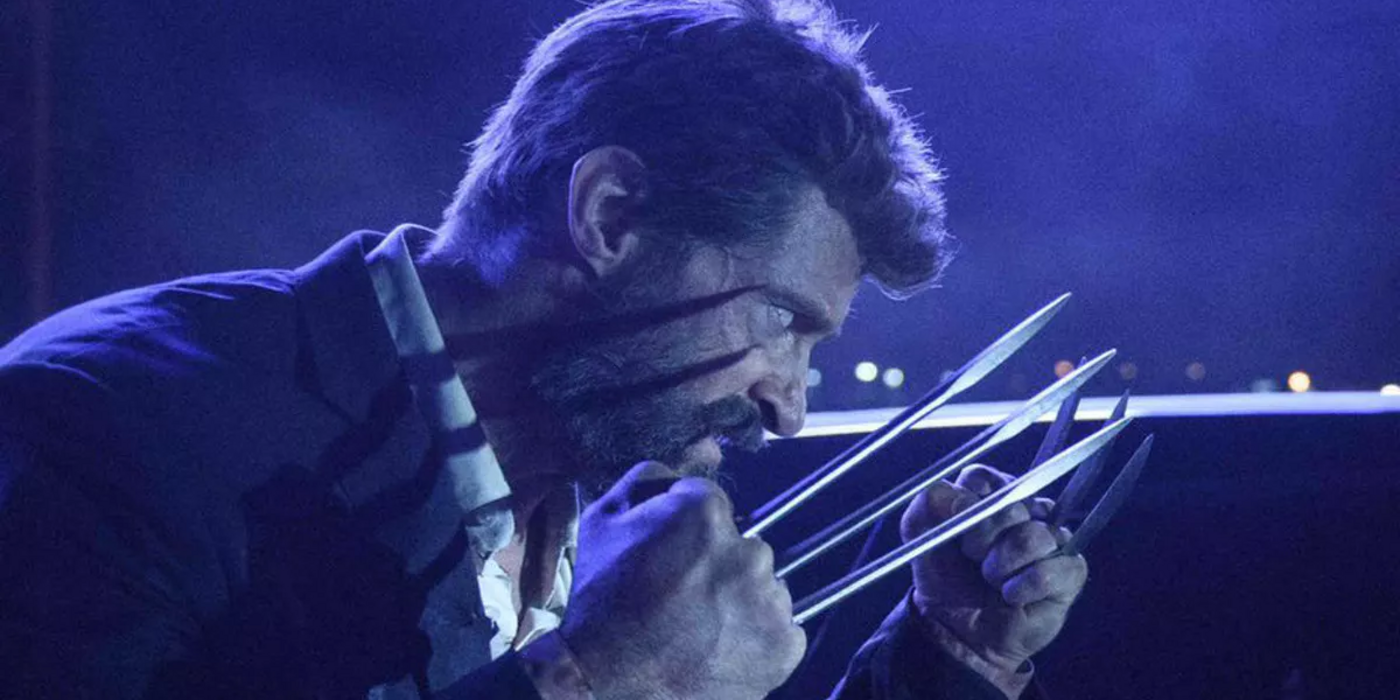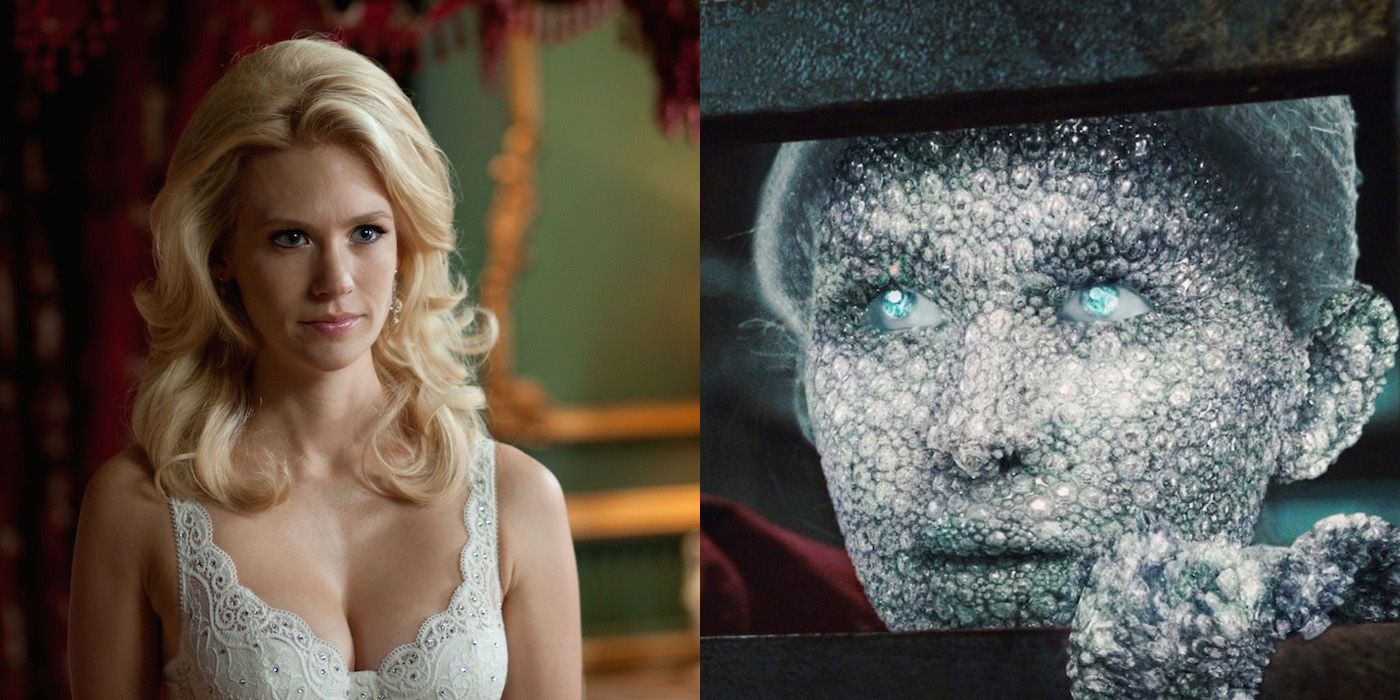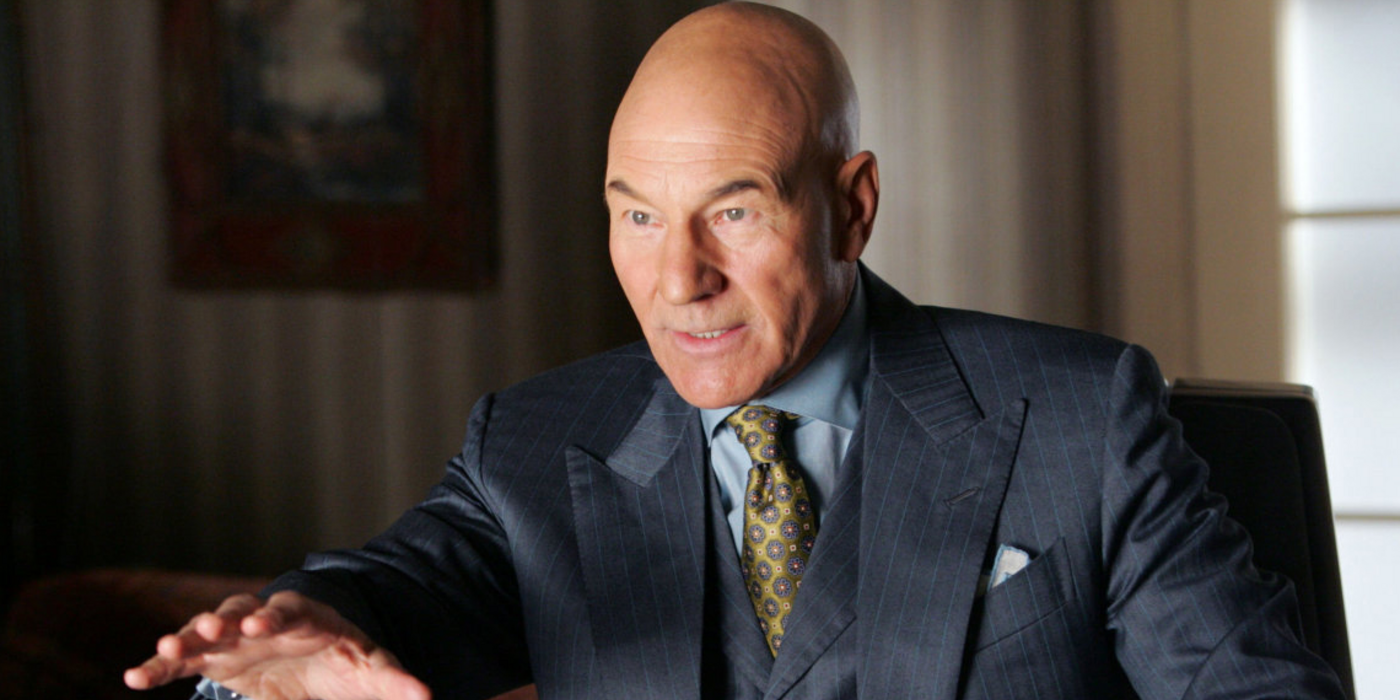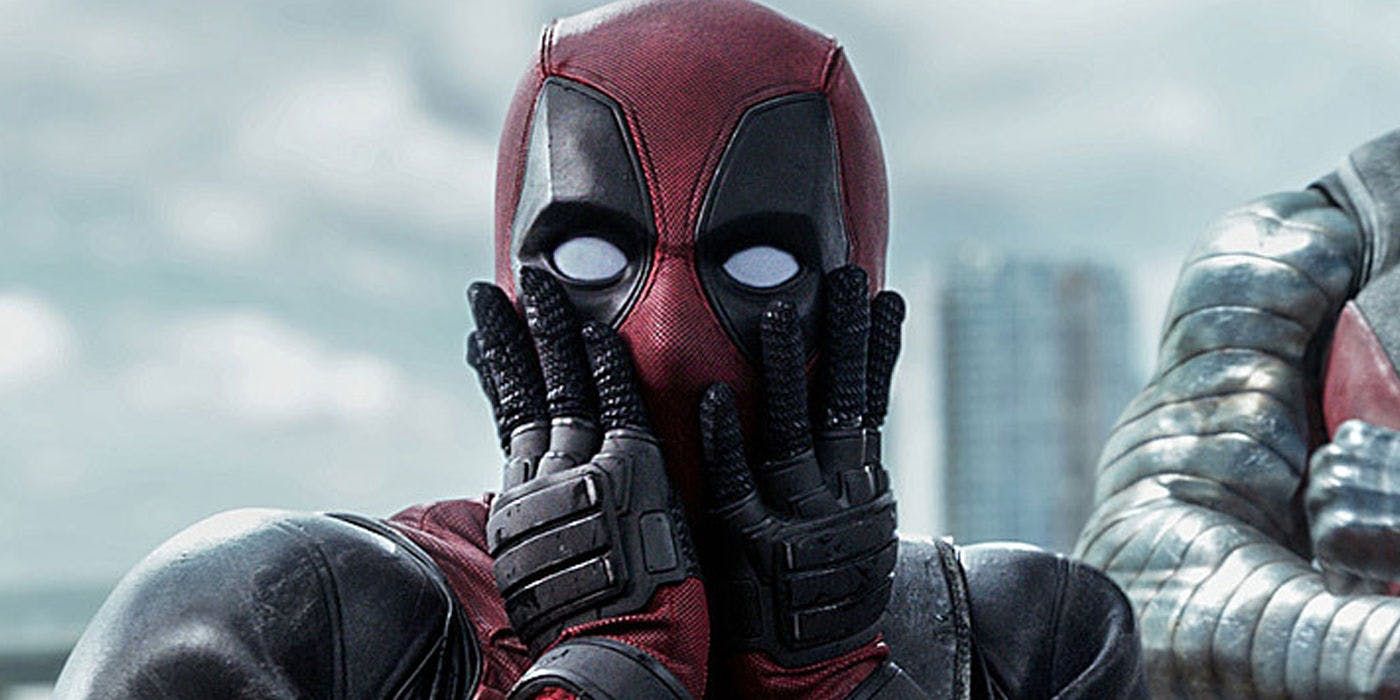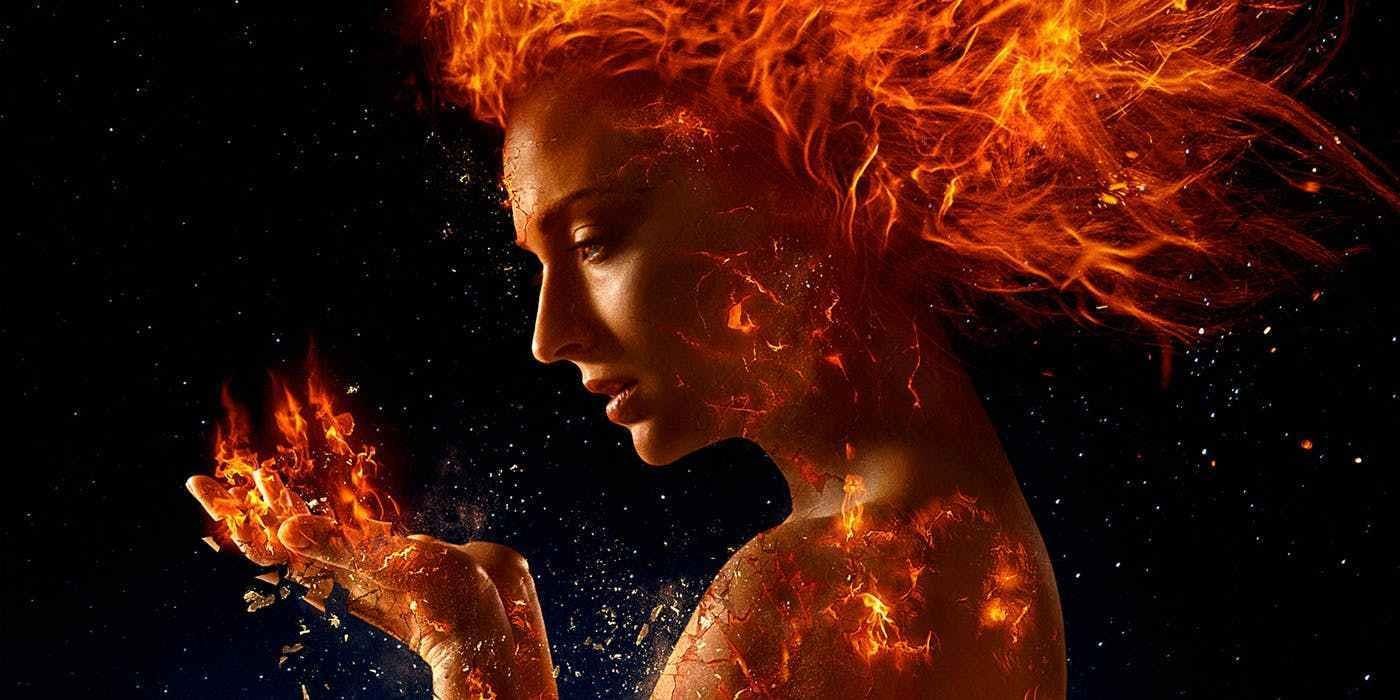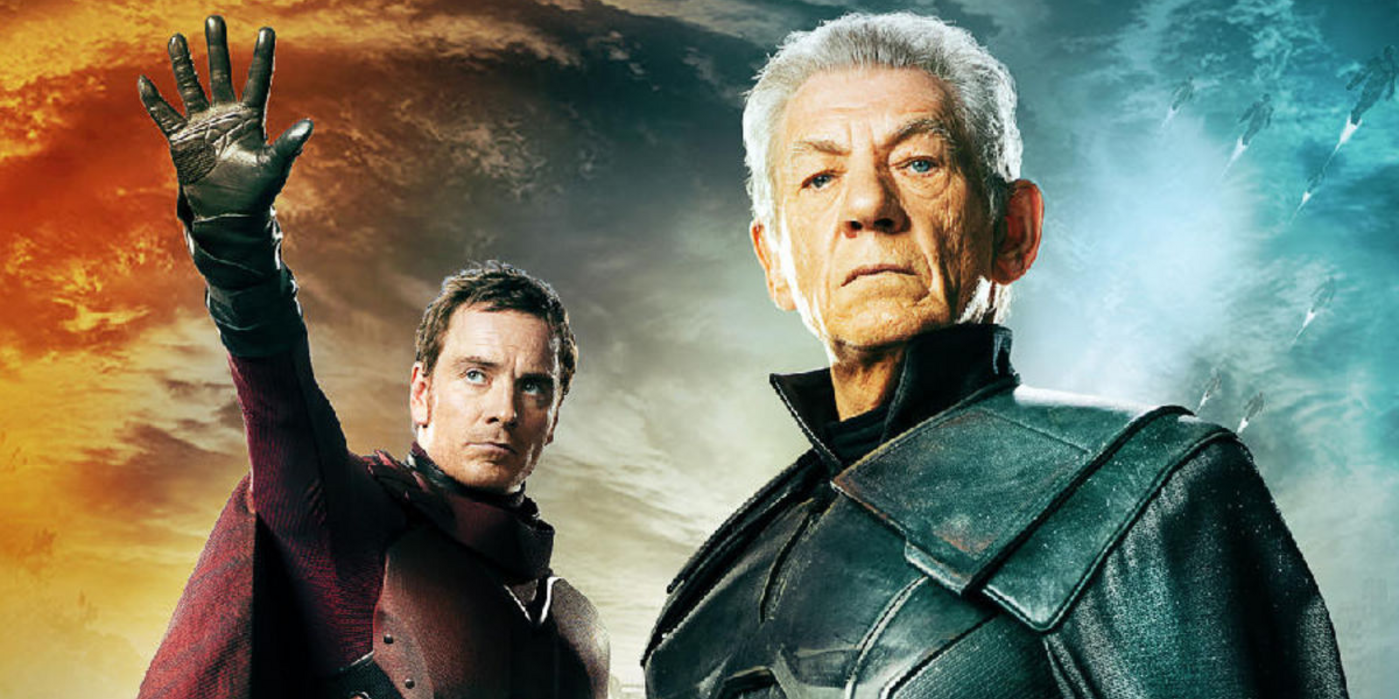When you've released a double-digit number of films that share the same universe, it can be difficult to keep everything consistent. The Marvel Cinematic Universe has done it most impressively, but even they have some issues. While most of the X-Men movies have been well received, they are riddled with continuity problems.
Since 2000, there have been 12 entries into this X-Men universe. They span multiple decades and follow versions of certain characters in the past and future. Though they share a single continuity, the films were made by many different people in a few different eras. That has led to multiple canon errors in history. We've picked out the 10 most notable instances.
Cerebro
One of the most consistent elements throughout the series is Cerebro. It is the massive machine used by Professor Xavier that allows him to detect humans and mutants anywhere in the world. Cerebro is first seen in 2000's X-Men and mostly looks the same whenever we see it.
The questionable bits come from the beginnings of Cerebro. In the original trilogy, Magneto mentioned that he helped Charles build it. But the prequel series revealed that Dr. Hank McCoy actually made it. Magneto seemed to be around as Cerebro was developed over the years, but he barely helped create it.
Angel
Angel is a character who appeared in the third installment of the original trilogy and the third entry into the prequel series. In 2006's X-Men: The Last Stand, Ben Foster played him. Angel had a relatively small role as he was in a small storyline with his father, who wanted to rid him of his mutant gene.
In 2016's X-Men: Apocalypse, Angel, played by Ben Hardy, was a larger part. He got chosen to be one of Apocalypse's Four Horsemen. It showed us a villainous side of the character. The issue with canon is that Angel dies in this film. Since it takes place in the 1980s, there's no way Angel could be around decades later.
Adamantium Bullet
Fans and critics alike panned X-Men Origins: Wolverine. It made a handful of questionable decisions and a few dealt with continuity. One of the biggest centered around an adamantium bullet, which was the only way to kill Wolverine. When he got shot, it caused him amnesia instead.
The amnesia itself was a move that didn't make a ton of sense. Furthermore, if you check out the x-ray scans taken of Wolverine's body when he arrives at Professor X's school in X-Men, you don't see any trace of the shot to the head, which should technically be there. Also, there's a canon issue with how Logan survived two shots, while his X-24 clone died after just one in Logan.
Charles And Mystique
A driving force of the prequel movies is the relationship between Charles Xavier and Raven Darkholme. We see that they're childhood friends in X-Men: First Class and though they had their ups and downs in the next few movies, they remained somewhat close.
It's an interesting place to take these characters who end up on opposite sides in the future. The canon problem was how they didn't even seem to know each other in the original trilogy. Professor X and Mystique rarely interacted. This was a good idea that didn't have any seeds planted in the first films, so it didn't quite work.
Logan's Claws
In 2013's The Wolverine, Logan fought an intense battle against the Silver Samurai robot. During their exchange, Wolverine had his adamantium claws destroyed. It wasn't something we saw coming or something we even thought was possible. His healing factor allowed his original bone claws to regrow.
This marked a big change for the Wolverine we had come to know since the franchise began. However, when we saw Wolverine again in X-Men: Days of Future Past, he was back to having adamantium claws. The same went for the next installment in his own trilogy, Logan. We're never given an explanation for how he got the claws back.
Multiple Versions Of Characters
We're not just talking about recasting a role because you can stay in continuity with that. X-Men often gives us the same character in different ways with zero reasoning for the change. For example, Emma Frost was shown in X-Men: First Class, yet a younger version of her was shown in X-Men Origins: Wolverine, despite that movie coming at a later time within the series' canon.
There's also Moira MacTaggert, who is a CIA agent in the prequels and a geneticist in the original trilogy. Cyclops was shown in class during X-Men Origins: Wolverine and somehow was again still in school when X-Men; Apocalypse came around. There are also multiple versions of Psylocke, Bolivar Trask, Sabretooth, and Caliban.
Xavier's Death
One of the most shocking things to come from X-Men: The Last Stand was the death of Charles Xavier coming at the hands, or mind, of Jean Grey. It was set to be the end of the character at a time when it felt like the series was wrapping up. But in the post-credits scene of The Wolverine, Professor X was somehow back.
Bringing Professor X back didn't make any sense. X-Men: The Last Stand gave us a throwaway line on Charles possibly putting his consciousness into another body and according to a DVD commentary, he had a twin brother in a coma. That somewhat explains the body but it's all a big contrivance. It felt like Bryan Singer just wanted to erase a Brett Ratner decision.
Deadpool
Deadpool could fall into the "multiple versions of a character" entry. However, he's such a big change that he deserves his own spot. When Ryan Reynolds first appeared in the role during X-Men Origins: Wolverine, he stole the show. But then the film sewed the character's mouth shut and gave audiences a version they didn't want.
Reynolds campaigned and worked his butt off to make things right. He did with 2016's Deadpool. Reynolds reprised the role and did it properly, giving us the foul-mouthed, wise-cracking anti-hero we all love. Canon was ignored as the lackluster version was never mentioned until a hilarious post-credits scene in Deadpool 2. At least Wade Wilson can joke about X-Men continuity when he breaks the fourth wall.
Dark Phoenix
It's clear that X-Men: Dark Phoenix is a retread of the main storyline from X-Men: The Last Stand. It didn't mark the first time that a popular comic storyline has been tackled more than once in film. The issue is that it happened twice within the same canon. When it occurred in X-Men: The Last Stand, the team acted as if it had never happened.
Considering Jean Grey went through the Phoenix transformation in the 90s, it's weird that this was never brought up again. It was also weird that one movie depicted the Phoenix as a repressed dark side and the other showed it as a cosmic entity. To be fair, this one might be explained away by the timeline being messed with during X-Men: Days of Future Past.
Aging
Even when chalking up some other canon problems to the timeline fixing of X-Men: Days of Future Past, this can't be explained. It all goes back to X-Men: First Class. That film takes place during the 1960s and sees Charles Xavier as he graduates college. He, Magneto, and Mystique could logically be somewhere in their 20s. Then things get questionable.
Each of the next installments of the prequel films took place in a different decade. By the time X-Men: Dark Phoenix rolled around, it was the 90s. About 30 years had passed and the characters have only aged a couple of years. We're supposed to believe that in the decade between X-Men: Dark Phoenix and X-Men, Xavier and the gang suddenly aged decades. And then there's Jubliee, a character who appears as a student in the 80s and the 00s.

